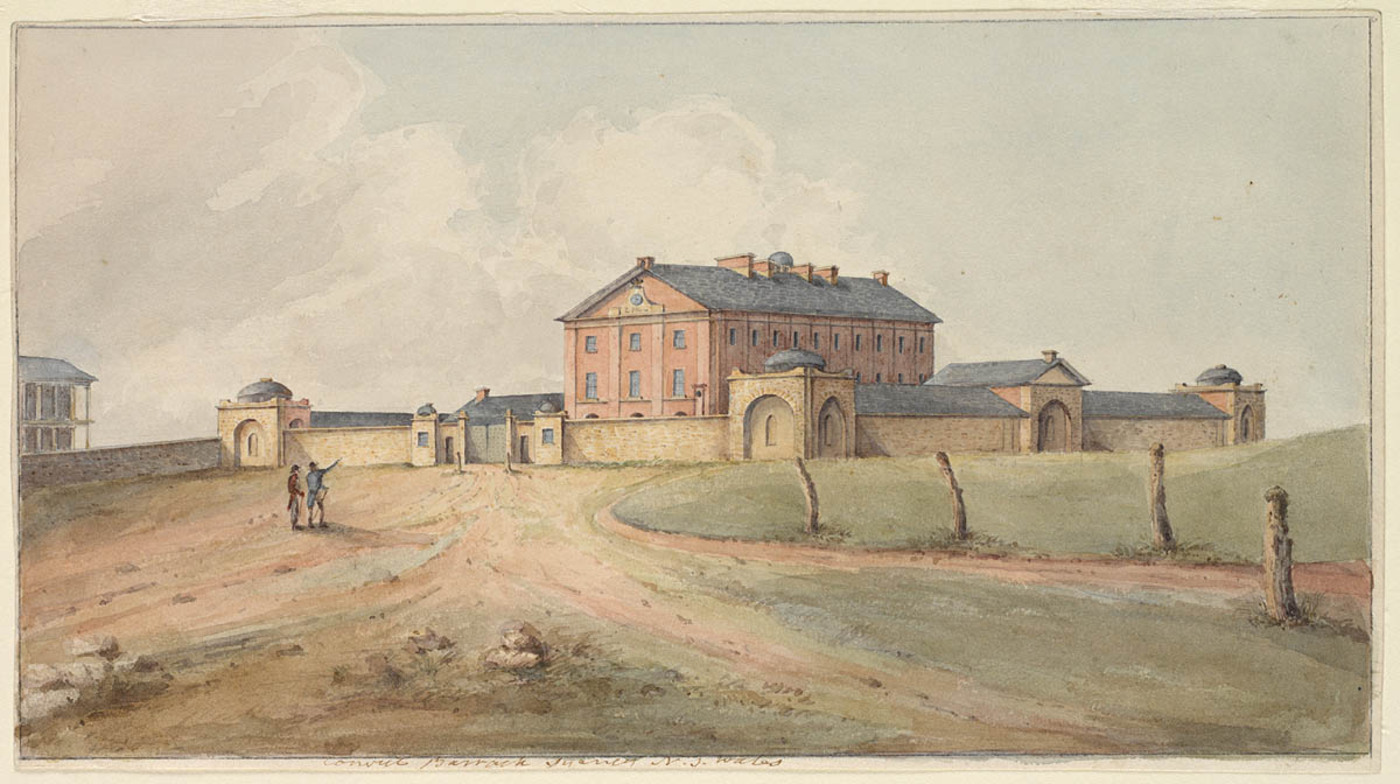The Dictionary of Sydney was archived in 2021.
Convict Barrack Sydney N.S. Wales c1819

From the collections of the
(Mitchell Library)

